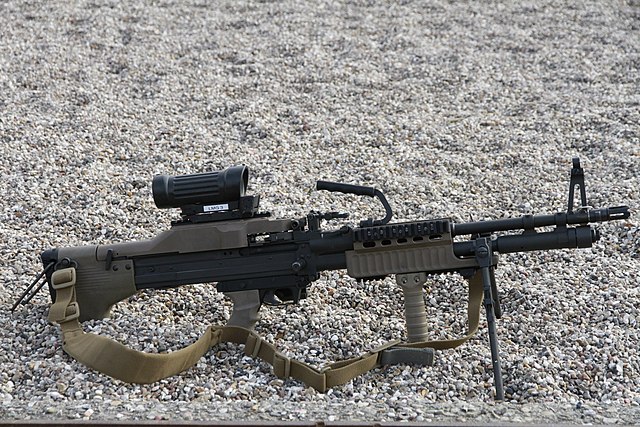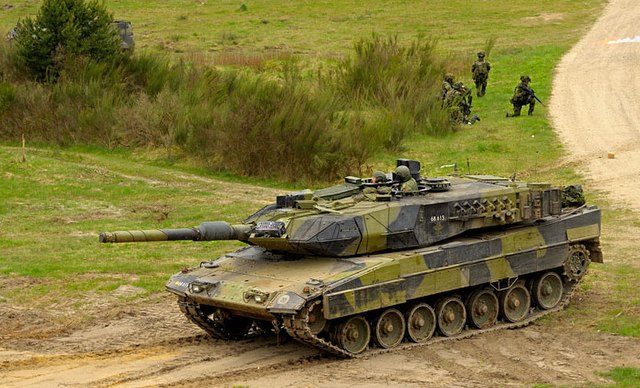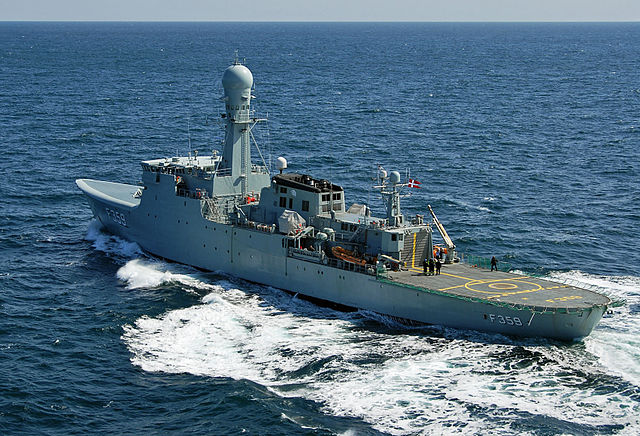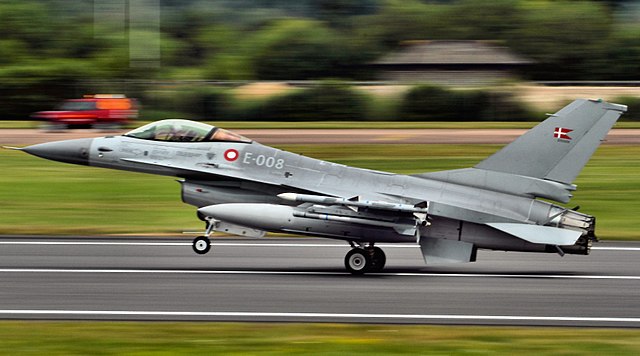The Royal Danish Army is the land-based branch of the Danish Armed Forces, together with the Danish Home Guard. For the last decade, the Royal Danish Army has undergone a massive transformation of structures, equipment and training methods, abandoning its traditional role of anti-invasion defence, and instead focusing on out of area operations by, among other initiatives, reducing the size of the conscripted and reserve components and increasing the active component, changing from 60% support structure and 40% operational capability, to 60% combat operational capability and 40% support structure. When fully implemented, the Danish army will be capable of deploying 1,500 troops permanently on three different continents continuously, or 5,000 troops for a shorter period of time, in international operations without any need for extraordinary measures such as parliamentary approval of a war funding bill.

Danish military veterans are welcomed home and greeted as victors in the streets of Copenhagen, upon return from the First Schleswig War, 1849. The banner reads 'Thank you, you who fell, and you who survived'
A Danish soldier surveys the Afghan plains while halted during a foot patrol in the district of Nahr-e Saraj, Helmand Province, Afghanistan on January 6, 2012
M60E6 general-purpose machine gun
Leopard 2A7DK main battle tank
The Danish Defence is the unified armed forces of the Kingdom of Denmark charged with the defence of Denmark and its self-governing territories Greenland and the Faroe Islands. The military also promote Denmark's wider interests, support international peacekeeping efforts and provide humanitarian aid.
A Danish soldier at Combined Resolve III, 2014
Leopard 2A5DK main battle tank
Vædderen, a Thetis-class patrol vessel
A RDAF F-16AM







